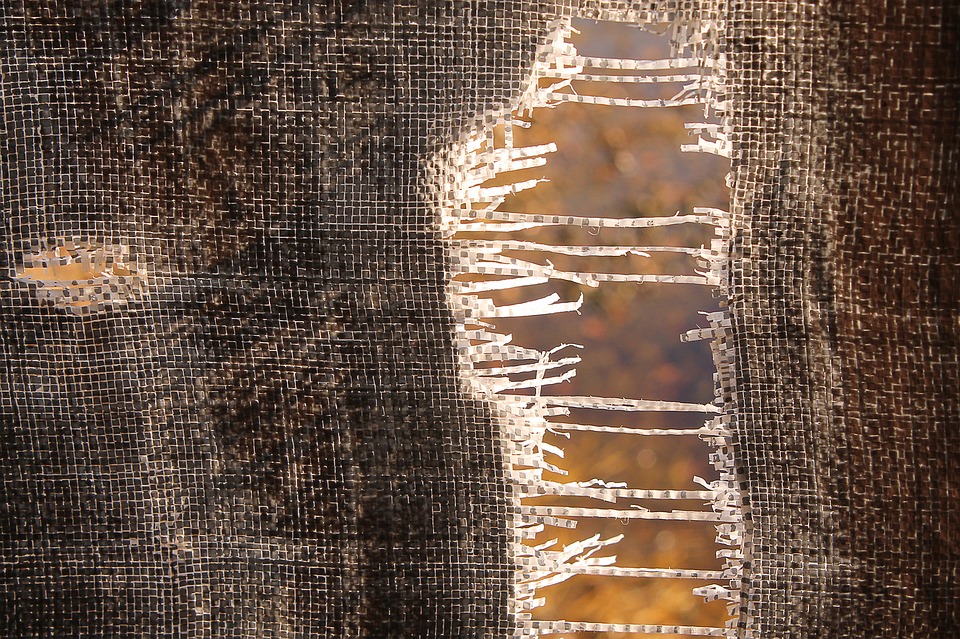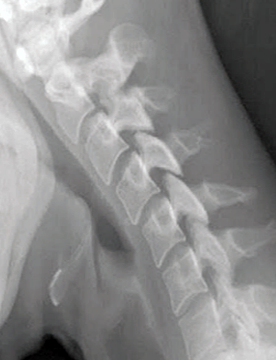You may have been told or suspect you have a sprain in your neck, back, or extremity from a recent trauma like a Car Accident or Sports Injury in Texarkana.
What is a sprain? 
A sprain refers to injury of a ligament.
Ligaments are soft tissue that hold bones together at a joint.
Ligaments prevent one bone from moving too far relative to another one.
A sprain occurs when too much force is applied to the ligament resulting in stretching and tearing.
This only tells part of the story though.
Sprains can be very serious and require surgery for example if a ligament is completely torn.
In sports a relatively common scenario might be a complete tear of the ACL ligament in the knee which results in very significant instability and a trip to the orthopedist for surgery.
Fortunately, most ligaments aren’t complete tears and it’s relatively rare that it will be surgical.
The vast majority of sprains are partial tears that still causes some degree of instability, but also has the opportunity for some healing even though it will never be the same as it was before the tear.
These are the types of sprains that often respond very well to Chiropractic Care.
One example that is fairly common in my office is a sprain of ligaments in the neck from a car accident.
An exam can give us some information about the damaged tissues and severity, but in the case of a serious ‘Whiplash’ injury to the neck special x-rays can be taken that show how much a ligament was torn and even in which area. The x-rays are easy to take and well known.
The problem is that hospitals and most doctor’s offices do not take these special types of x-rays so often miss serious injuries that will result in some degree of on going problems for the rest of a person’s life.
Of course, this can be improved with the right chiropractic care by a chiropractor experienced in ‘Whiplash’ injuries in Texarkana.
These types of partial sprain injuries also vary in severity and location.
The amount of tearing is a primary determinant of how much the bone will move beyond it’s normal boundaries.
How do soft tissue injuries heal?
Once torn, your body will start to respond to the tear with a series of actions necessary for healing.
We generally break this healing process down into 3 stages.
Initially the response is inflammation.
This first stage lasts about 3 days to maybe a week depending on many factors.
What occurs is bleeding and swelling into the traumatized area.
It should be noted that this first stage is very important for healing and eliminating the inflammatory response all together is not ideal for healing.
After the first several day, the body enters the next stage, regeneration, which lasts a month and a half to about 2 months.
During this time, your body will continue the inflammatory response as it attempts to wall off the injured area.
The torn soft tissues causes an accumulation of blood and protein rich fluid. This begins to form a ‘glue’ around the injured tissues that is scar tissue.
After this first 2 months, the body enters the 3rd stage, remodeling, where it attempts to strengthen the scar tissue and reduce pain.
Pain is actually part of the body’s normal healing response because it tells you to stop doing certain things that may cause further injury… even though it does get a little carried away at times!
This remodeling process lasts up to 2 years and is driven solely by movement.
This is the reason that it is critical for you to have as much normal movement of the injured joints during healing so that the scar tissue can organize as much as possible making it stronger and less stiff, even though it will not be as good as the original tissue.
Chiropractic Helps Sprains Heal (and Feel) Better.
One of the reasons Chiropractors use an adjustment is to maximize the movement of the injury so that it can heal better.
Chiropractic also reduces local muscle spasms which is your body’s attempt to ‘lock down’ the injury.
Another reason Chiropractors often use an adjustment is to reduce pain during the healing process.
If you think or have been told you have a sprain to your neck, back, shoulder, hips, or other extremity in Texarkana we suggest contacting us to set up a time to come in and get another (or first) opinion about what is wrong and what can be done to help you get better faster.
If you need other care or only home recommendations to get better, we’ll tell you. If we can help you get better like we’ve helped thousand’s of other Texarkana area residents then we’ll let you know that too!

 Protected by Patchstack
Protected by Patchstack
Leave a Reply